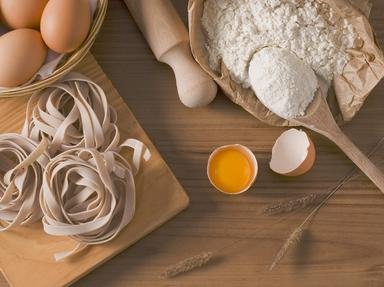
Great British Cake Off Trivia Quiz
In the UK, tea, cakes, tarts and biscuits are all part of our afternoon get-togethers. There are many afternoon delights named after places in the United Kingdom. Can you recognise the real names of the cakes I've picked out?
A collection quiz
by Lord_Digby.
Estimated time: 3 mins.